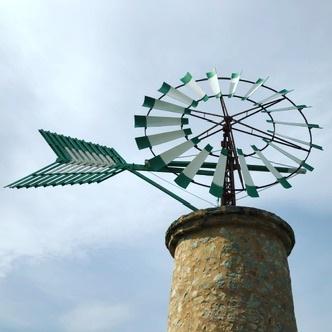How can travelers recognize Mallorcan accents compared to standard Catalan when exploring Mallorca?
Similar Topics
mallorcan accent
mallorcan dialect
balearic catalan
central catalan
vowel pronunciation
mallorcan intonation
mallorcan vocabulary
mallorcan phonetics
When exploring Mallorca, travelers can notice distinct differences between the Mallorcan accent and standard Catalan, often referred to as Central Catalan as spoken in Barcelona. The Mallorcan dialect belongs to the Balearic variant of Catalan, which is characterized by several unique phonetic and lexical features that set it apart from the more widely recognized standard. One of the most noticeable aspects is the pronunciation of vowels. Mallorcan Catalan tends to maintain clearer, more open vowels in certain positions, while some vowel sounds may be pronounced with a slightly different timbre, giving the language a softer, more melodic quality compared to the sharper sounds of Central Catalan.
Another distinguishing trait is the intonation pattern in Mallorcan speech, which often includes a more sing-song rhythm. This melodic flow can make Mallorcan conversations sound more lyrical and pleasant to the ear. Additionally, certain consonants are pronounced differently; for example, the letter "v" in many cases sounds closer to a "b" in Mallorcan Catalan. Travelers might also notice that some words used in Mallorca are either unique to the island or employ archaic forms seldom heard in the standard dialect, reflecting the island’s rich cultural heritage and historical isolation.
Understanding these differences can enrich a traveler’s experience by providing deeper insight into the local identity expressed through language. When talking to locals, visitors who listen attentively may catch these subtle shifts in pronunciation and vocabulary, which often evoke a strong sense of place and tradition. Although residents understand standard Catalan and often Spanish, recognizing the Mallorcan accent can be a rewarding way to connect more authentically with the island’s culture and community during one's visit.
Another distinguishing trait is the intonation pattern in Mallorcan speech, which often includes a more sing-song rhythm. This melodic flow can make Mallorcan conversations sound more lyrical and pleasant to the ear. Additionally, certain consonants are pronounced differently; for example, the letter "v" in many cases sounds closer to a "b" in Mallorcan Catalan. Travelers might also notice that some words used in Mallorca are either unique to the island or employ archaic forms seldom heard in the standard dialect, reflecting the island’s rich cultural heritage and historical isolation.
Understanding these differences can enrich a traveler’s experience by providing deeper insight into the local identity expressed through language. When talking to locals, visitors who listen attentively may catch these subtle shifts in pronunciation and vocabulary, which often evoke a strong sense of place and tradition. Although residents understand standard Catalan and often Spanish, recognizing the Mallorcan accent can be a rewarding way to connect more authentically with the island’s culture and community during one's visit.
🧩 Related Questions
Related Question
What are the long-term goals of the "Life Project" in safeguarding Mallorca’s endemic flora and fauna?
Related Question
How do local governments respond to environmental protests in Mallorca?
Related Question
Is the Covid-19 vaccination mandatory or highly recommended for entry into Mallorca?
